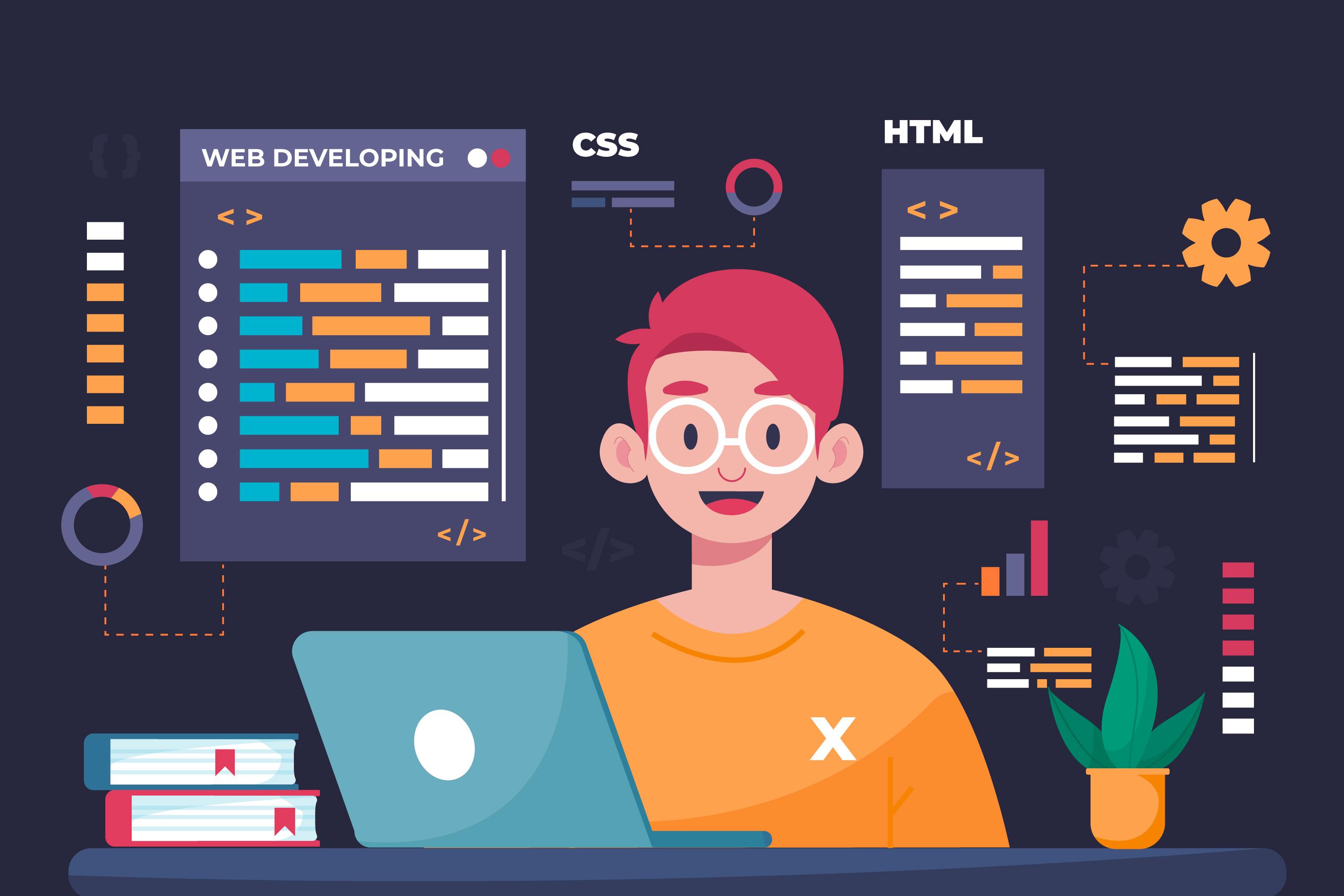Maximize Your Resources with Expert Software Engineering Staffing Solutions
Devoted Developers vs. In-House Teams: Which Is Right for You?
The choice between using committed developers and preserving an internal group is a substantial one that can influence the trajectory of your projects and total organization technique. Committed programmers supply a level of flexibility and specialized expertise that can be useful for certain, temporary campaigns. On the other hand, internal groups add to a natural company culture and a nuanced understanding of lasting objectives. By checking out important elements such as budget, project extent, and wanted control, you can much better identify which strategy lines up with your organizational demands. Nevertheless, the effects of this option expand beyond prompt results-- consider the wider effect on your business landscape.
Comprehending Dedicated Designers
The growing demand for specialized abilities in the technology industry has brought about the introduction of committed programmers as a feasible service for many organizations. These specialists are usually contracted on a job basis, enabling business to take advantage of particular expertise without the long-lasting commitment related to full time hires. Devoted programmers are typically ingrained within a client's team, providing flexibility and scalability to meet task demands.
This design enables companies to access an international skill swimming pool, which is especially helpful in a quickly progressing technical landscape. Committed programmers can be sourced from different geographical areas, ensuring that firms can discover the right skill set at competitive prices. They frequently bring a wealth of experience and knowledge, having actually functioned on varied jobs throughout different sectors.
In addition, devoted designers can concentrate exclusively on the jobs handy, enhancing performance and performance. They are equipped to integrate seamlessly right into existing process, working together very closely with internal teams to accomplish task objectives. This technique not just minimizes the concern of employment and training but also enables organizations to stay dexterous, adapting quickly to changing market demands and technical advancements.
Advantages of In-House Teams

Furthermore, in-house teams often tend to have a deeper understanding of the company's goal, worths, and goals. This alignment can boost employee interaction and motivation, as staff member feel much more linked to their work and the company's success. Furthermore, having a committed internal team enables much better alignment of purposes and methods, as these members are regularly focused on the company's priorities.
In-house groups additionally facilitate quicker decision-making processes, as they can react more swiftly to changes and obstacles. The established partnerships and familiarity with firm protocols enable structured operations and decreased miscommunication. Inevitably, the combination of a cohesive culture, placement with organizational goals, and effective communication makes internal teams a beneficial property for lots of organizations, specifically those wanting to cultivate lasting growth and development.
Cost Factors To Consider
When evaluating cost considerations, both devoted designers and in-house groups present unique financial ramifications for organizations. Engaging specialized programmers commonly entails a pay-per-project or per hour rate version, which can be economical for companies with rising and fall job demands. This see page approach enables versatility in scaling resources up or down, guaranteeing that companies just pay for the services they require.
On the other hand, in-house teams entail fixed costs, including wages, benefits, and overhead costs such as workplace and devices. While this model uses greater control and instant availability of sources, it may result in higher lasting costs, specifically if the work does not warrant a permanent team.
Additionally, firms must consider the covert costs associated with recruitment and training of in-house staff members, which can additionally strain budget plans. In some instances, the moment and resources invested in taking care of an in-house group can interfere with the organization's core business goals.

Task Administration and Flexibility
Job monitoring and flexibility are critical elements that affect the choice in between in-house teams and dedicated programmers. Committed groups typically have established processes for handling jobs effectively, leveraging certain techniques like Agile or Scrum, which assist in iterative progress and adaptability.

Eventually, the option between dedicated developers and internal teams rests on the desired level of versatility and the details task management requirements. Companies must examine their functional characteristics, job intricacy, and source accessibility to figure out which choice lines up ideal with their critical goals.
Making the Right Choice
Picking the best advancement method-- in-house teams or dedicated developers-- calls for a cautious evaluation of numerous elements that line up with a business's calculated goals. Alternatively, in-house teams can supply far better connection and assimilation with existing useful site employees.
Next, examine your budget plan. Committed developers commonly provide an economical remedy for temporary jobs, while in-house teams may sustain higher long-term costs because of wages, benefits, and overhead prices. Analyze the degree of control and collaboration desired; internal teams typically foster more powerful communication and positioning with company society.
Furthermore, take into consideration the moment structure. If prompt outcomes are needed, specialized designers can be onboarded rapidly, whereas developing an in-house team takes some time for employment and training. Lastly, weigh the long-lasting vision of your company. If constant development is important, buying an internal group might generate far better returns gradually. Ultimately, the choice depends upon a complete analysis of these elements, ensuring positioning with your company's functional demands and total objectives.
Final Thought
To conclude, the choice between in-house groups and devoted designers rests on task demands and organizational objectives. Committed designers provide adaptability and customized know-how, making them appropriate for short-term initiatives. Alternatively, internal teams grow a cohesive society and much deeper positioning with lasting goals. Mindful evaluation of spending plan restraints, project timelines, and preferred control levels is vital for establishing one of the most suitable strategy, ensuring positioning with strategic priorities and operational efficiency.
The choice between utilizing dedicated designers and preserving an in-house group is a substantial one that can influence the trajectory of your tasks and total service strategy.Job management and versatility are vital elements that influence the selection between in-house teams and dedicated programmers. software development staff augmentation.In comparison, internal teams might stand out in maintaining a constant task administration structure due to their knowledge with the organization's culture and long-term objectives. Committed programmers frequently provide an affordable remedy for temporary jobs, while internal teams might incur higher long-lasting expenditures due to incomes, advantages, and overhead prices.In verdict, the choice in between internal teams and specialized programmers hinges on job requirements and business objectives